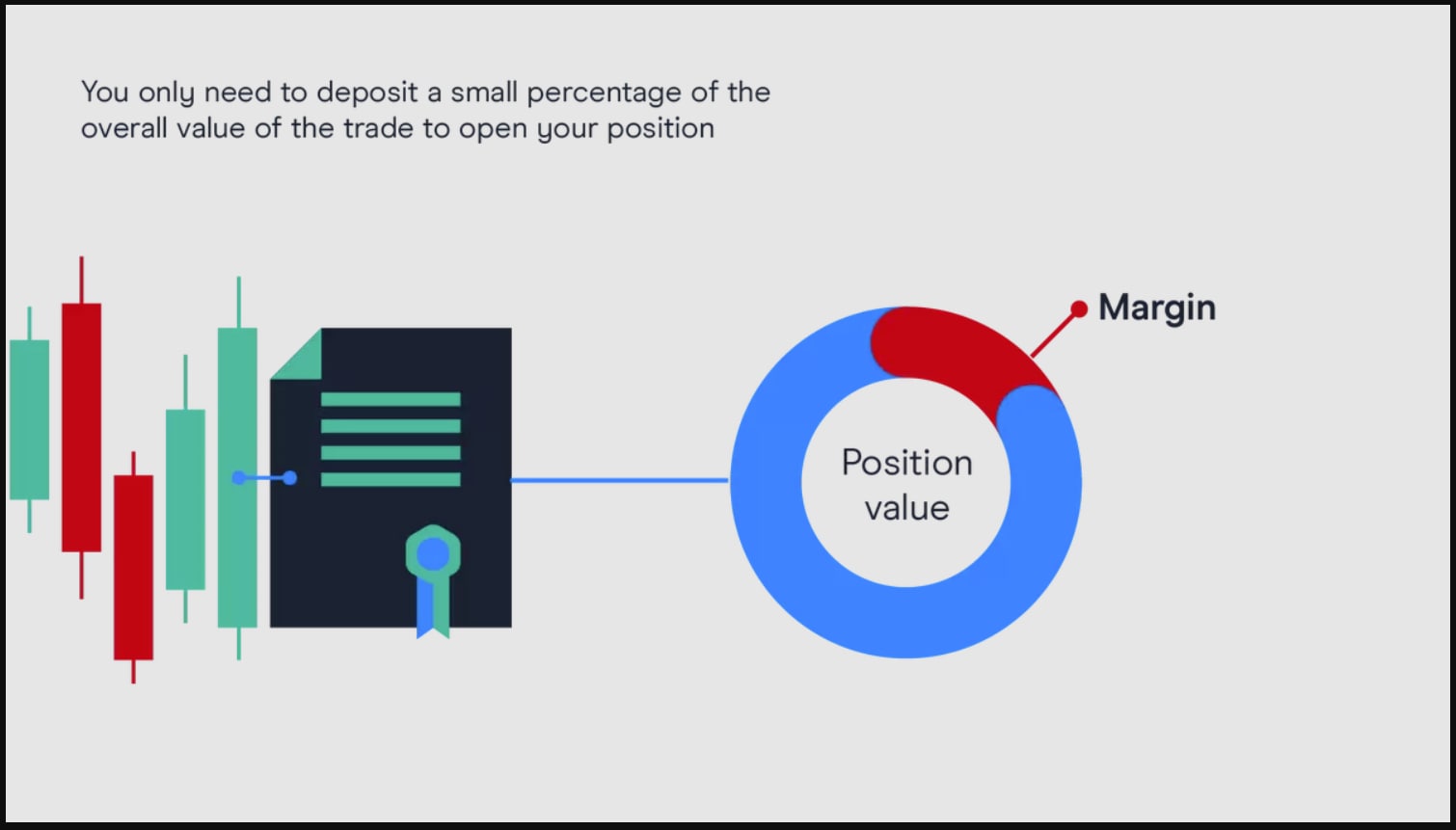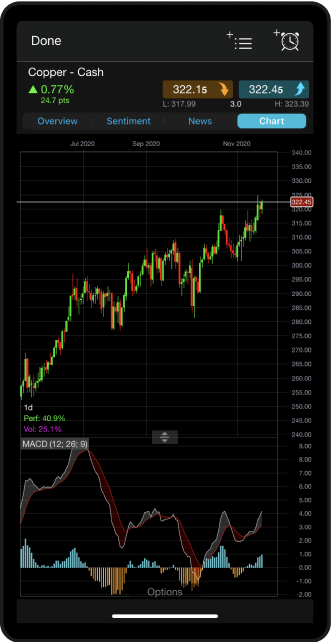Margin trading
Margin trading is a way for traders to use leverage for their exposure to the financial markets, such as indices, forex, commodities and stocks. This article explains what margin is, the benefits and risks, how to place trades, including what an initial margin requirement is, and includes examples in the financial world.
KEY POINTS
- A trader only needs to deposit part of the full value of the trade
- Because profit and loss are based on a trade’s full position, margin trading can amplify both
- The margin amount or percent is how much of the transaction value you need to have in your account to make the trade.
- Requirements depend on each individual asset; for example, 20% for shares, 5% for forex and 5% for indices
- It's typically used through derivatives like spread bets and CFDs




















